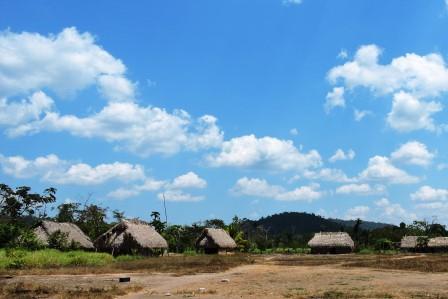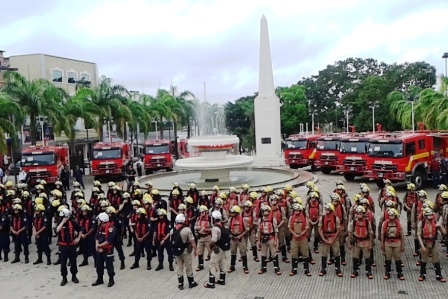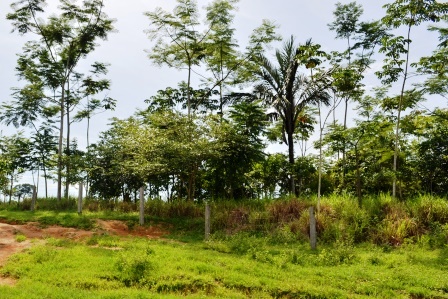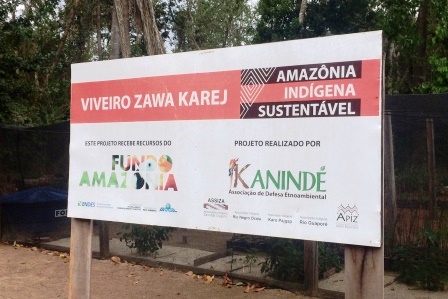CONTEXTUALIZATION
Environmental monitoring by satellites is a key tool in the fight against deforestation and environmental degradation. It provides essential data that supports the creation and implementation of public policies aimed at environmental preservation, while also promoting greater transparency, social participation, and oversight of actions taken.
The Amazon Cooperation Treaty Organization (ACTO) is an intergovernmental organization composed of eight countries that together encompass 99% of the Amazon Biome: Bolivia, Brazil, Colombia, Ecuador, Guyana, Peru, Suriname, and Venezuela. It is the institution responsible for implementing the Amazon Cooperation Treaty (ACT), signed in 1978, and serves as a permanent forum for cooperation, exchange, and knowledge sharing. Guided by the principle of reducing regional asymmetries, ACTO supports the execution of programs and projects that promote sustainable development and regional cooperation to improve the quality of life of the inhabitants of the Amazon.
THE PROJECT
The Permanent Secretariat of ACTO (PS/ACTO) was the body within the beneficiary’s structure responsible for the administrative and financial management and for the implementation of the project.
The project aimed to contribute to the development of the capacity to monitor deforestation, land-use changes, and forest utilization in the Member Countries of the Amazon Cooperation Treaty Organization (ACTO), providing information on the extent and quality of forest cover—key prerequisites for monitoring and controlling deforestation.
The project supported all ACTO Member Countries (except Brazil) in the following activities: the structuring and implementation of Observation and Research Rooms; training in forest cover monitoring technologies developed by the Brazilian National Institute for Space Research (INPE); drafting proposals for national monitoring plans; improving, harmonizing, and standardizing institutional capacities for assessing land-use changes; and fostering regional cooperation to combat illegal deforestation.
Initiated in 2011, with funding from GIZ (German Agency for International Technical Cooperation) and ITTO (International Tropical Timber Organization), the project received support from the Amazon Fund for the following initiatives:
- Structuring and strengthening the Observation and Research Rooms responsible for monitoring forest cover in each country, through support for acquiring physical infrastructure and hiring human resources;
- Structuring research rooms;
- Training in forest cover monitoring technologies; and
- Drafting national monitoring plans.
Actions were also planned to promote regional cooperation to combat illegal deforestation and to exchange experiences related to public policy instruments for reducing deforestation rates.
The project was supported by the Brazilian Ministry of Foreign Affairs (MRE), with the Ministry of the Environment (MMA) participating in the implementation structure as the National Coordinating Institution, through the Department of Policies for Deforestation Control (DPCD). The National Institute for Space Research (INPE) also participated in the project, providing training to teams from other ACTO Member Countries in its forest cover monitoring technology.
INTERVENTION LOGIC
The project was aligned with components "Monitoring and Control" (2) and "Science, Innovation, and Economic Instruments" (4) of the Amazon Fund’s Logical Framework.
The direct expected outcomes of the project were: (i) Infrastructure, institutional arrangements, and tools for monitoring deforestation and forest degradation strengthened and improved in the Member Countries; and (ii) Knowledge and technologies aimed at monitoring the Regional Amazon produced and disseminated.
Click on the following image to view its objectives tree, that is, how the project's outputs and linked to the expected outcomes and impact.

